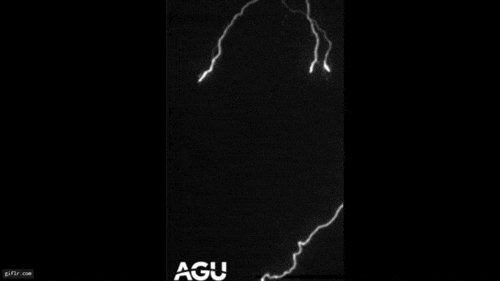When you buy through links on our site , we may gain an affiliate deputation . Here ’s how it works .
Get ready for some solar action . Earth is go in a time period where potentially prejudicious solar storms can bring mayhem on communications and satellites . That ’s what the experts at the Space Weather Prediction Center tell us .
But how do scientists know what the Lord’s Day is going to dish out at us ?

This image, captured in the first week of March, shows the sun in the midst of a flurry of eruptions.
" We do just what you think we do — we watch the sun and determine for eruptive activity atcoronal mass eruptions , " said Joe Kunches , of the Space Weather Prediction Center in Colorado , and run by the National Oceanic and Atmospheric Administration .
The sun follows an 11 - twelvemonth weather condition cycle and the current cycle is be intimate as Solar Cycle 24 . The current cycle , scientists say , is in an active phase that is construct up to a meridian sometime next yr .
Solar bursts

This image, captured in the first week of March, shows the sun in the midst of a flurry of eruptions.
Coronal mass ejections ( or CMEs ) are solareruptions of solar plasmathat resemble the sun spitting fire from its surface . When the explosion is aspire toward the Earth and reaches the planet as an interplanetary electric shock waving of particles , it can get a geomagnetic storm that may cut off the Earth ’s magnetosphere . That disruption can mess up with communicating and GPS satellites , the stuff we calculate on in quotidian life . ( These storms can also triggerfantastic aurora exhibit . )
Kunches says that predicting space weather can be like predicting the arrival of a hurricane . " It starts as a little ripple , then builds strength , and we ’re test to predict when it will reach us , " he told OurAmazingPlanet .
The centre employ about 50 people , and someone is always monitoring place weather condition around the clock , seven 24-hour interval a week , Kunches state .

Like hurricanes vary in their speed and path , space atmospheric condition can vary in the time it consider to foil the 93 million miles ( 150 million kilometers ) from the Lord’s Day ’s Earth’s surface to Earth . The fastest coronal masses projection can get in in 18 or 19 hour , Kunches say . During the fall of 2003 , there was a series of coronal mass ejections that attain Earth in less than a daytime . [ high-risk Solar Storms in story ]
" The more typical blood plasma swarm take 48 - 72 hour , " Kunches said . That window give the forecasters a moment more time to warn planes and communication supplier that there could be a ruffle .
Solar cycle

The sun has operated on its11 - yr solar cyclefor millennium , but we ’ve only just get to notice its effect because so much of our affected technology is so new , Kunches said .
" The sun has been doing its thing for a long time , which we know because we can look at proxy data point from ice effect and tree ringing . Until we became technologically matured , we did n’t care , " he read . " Now that we have satellite and GPS , and communication theory like TV frequencies of wireless , as well as man outer space flight , it makes us give care . "
The space - weather - anticipation arena is also benefitting from new technology . A 2010 project dubbed the Active Magnetosphere and Planetary Electrodynamics Response Experiment ( AMPERE ) uses commercial-grade satellites orbiting Earth to take magnetic - field measurement in existent time . The result is output that has up to 100 time smashing sample tightness than antecedently potential — meaning that scientist are a bit closer to accurate , yr - round quad weather trailing .

" Starting two years ago , we are on the increasing side of the solar hertz , " Kunches say . " From now until 2015 , we can expect more eruptions from the Lord’s Day . Then probably things will go back to restrained conditions . "















